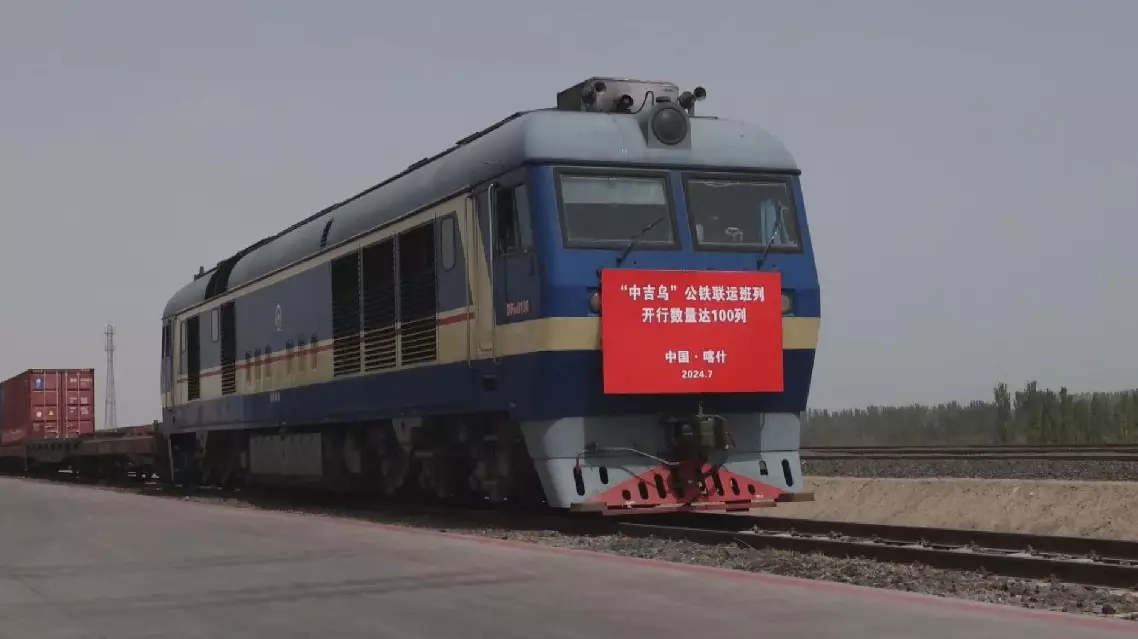Tangzha town in Nantong City of east China's Jiangsu Province, which bears witness to a hundred years of industrial development in China, is now experiencing a revitalization from smart production to tourism development.
About 100 years ago, renowned Chinese industrialist and educator Zhang Jian established the first large-scale cotton textile enterprise in Tangzha, embarking on his path of reviving the backward nation. Tangzha has also become one of the birthplaces of Chinese national industry in the modern times.
Jiangsu Dasheng Company, formerly known as Dasheng Cotton Mill, was founded by Zhang Jian in 1895. Now, in the intelligent spinning factory of the company rows of machines are operating at high speed. In addition to the robots transporting yarn barrels back and forth, there are only a few workers conducting inspections in the workshop.
"We will continue to maintain our production. As a century-old enterprise, our century-long production has never been interrupted. We will carry out technological improvements and, at the same time, put the most advanced production and some products in our Dasheng factory," said Qi Yingbin, chairman of board of Jiangsu Dasheng Group Limited Company.
The Guangsheng Oil Factory in Tangzha Town has undergone a transformation and is now an experience hall where children can engage in hands-on experiences of traditional soap-making techniques.
"Today I came to experience making soap, and I found it very enjoyable because I learned that soap is made from oil," said a young visitor named Yu Siheng.
"Today, I took my child to participate in this activity for two reasons. On one hand, I wanted to help him improve his hands-on skills, and on the other hand, I wanted him to learn about the history and culture of our city Nantong," said Zhu Xi, mother of a young visitor.
In recent years, Tangzha town has accelerated the revitalization of its industrial heritage, transforming into a scenic area and a cultural and creative industry park. The former "industrial town" has become an "industrial tourism zone" with an annual visitor count exceeding 1 million. "Tangzha is an important birthplace of China's national industry. Our plan positions Tangzha as an industrial cultural museum, with the theme of national industry town. We utilize representative industrial relics from different periods, spanning from modern times to the period after the liberation, to create a cluster of museums that offer an immersive experience of industrial culture. These museums will showcase the historical culture and industrial characteristics of Tangzha industrial town," said Xi Jun, director of Historical Cultural Cities Preservation Department under the Bureau of Natural Resources and Planning in Nantong.

Century-old industrial relics in east China brace new development opportunity









